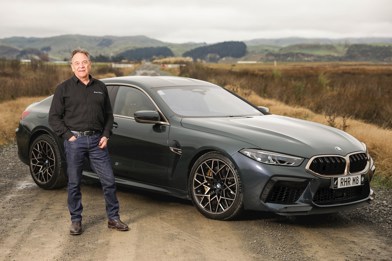In a rational world, the Mazda MX-5 would’ve been killed off years ago.
It’s not an SUV or a ute, which means it won’t be a good seller. It’s not built on shared architecture, which means it isn’t cheap to make. It’s a tiny two-seater convertible, which means it’s about as practical and versatile as a trumpet made of chocolate.
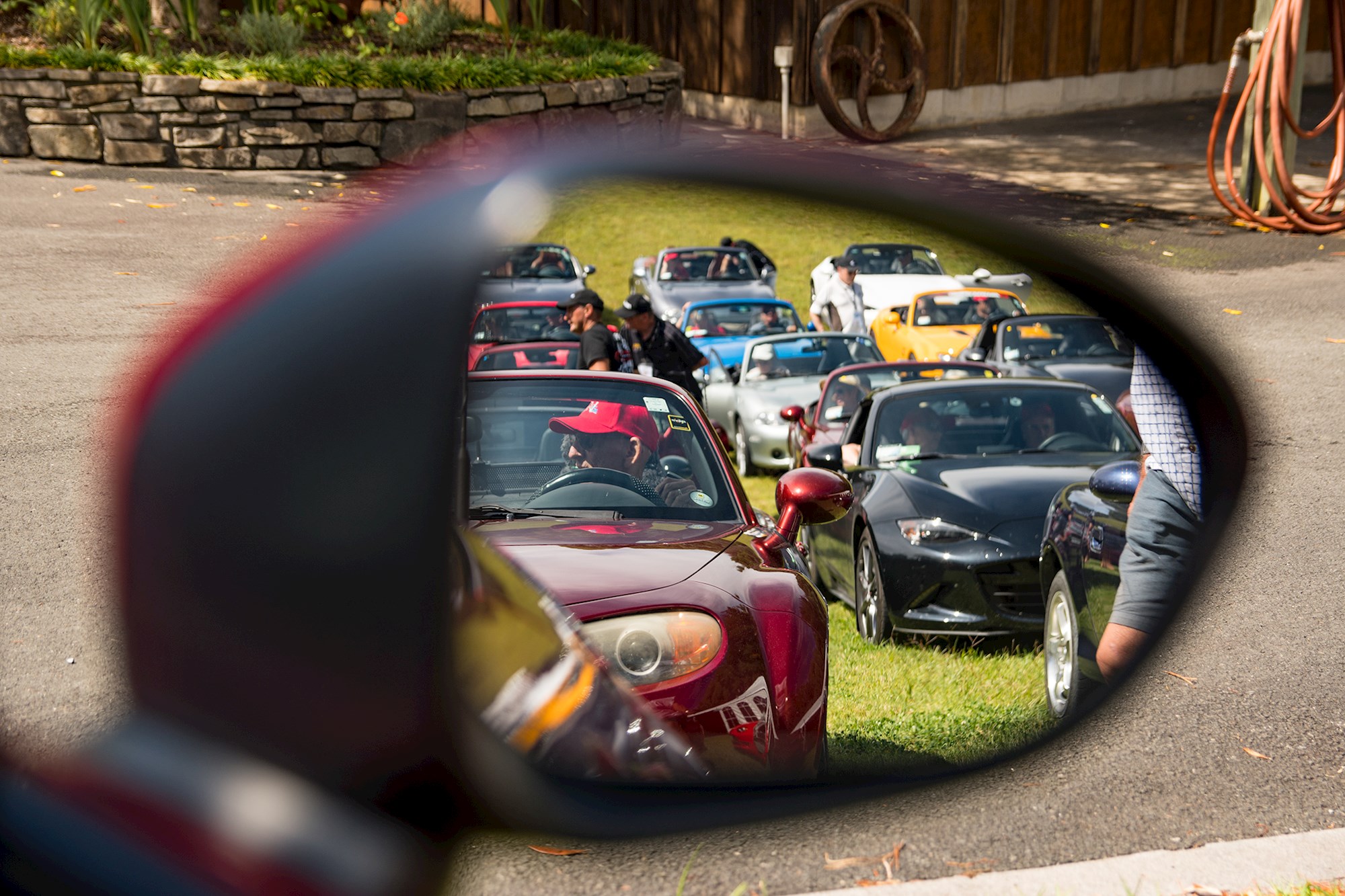
If the MX-5 was positioned within the portfolio of any other Japanese carmaker, it would probably have been put out to pasture. But as it stands, it’s outlasted almost every other Rising Sun sports car it fought against when it burst onto the scene 30 years ago. And, going by Mazda’s commitment to its incremental development, it looks like it’s here to stay.
Against a backdrop of motoring vanilla, thank God for that.
More than arguably any other car on the market, the MX-5 has remained true to its initial formula — light weight, rear-wheel drive, well priced fun. That faith to its roots manifests in other ways, too.
It is, for instance, one of the few long-lasting nameplates that haven’t suffered from any kind of bloat. In fact, the current ND-generation MX-5 is somehow 33mm shorter than the first-gen NZ model (59mm or extra width and 44mm of extra wheelbase does make for a bigger footprint, though).
Since 1989, journalists have struggled to write about MX-5s because it is always so damn good, so perfectly weighted in its balance of traditional old and contemporary new.
And, true to form, the changes to 2019’s MX-5 line are as minimal as one would hope.
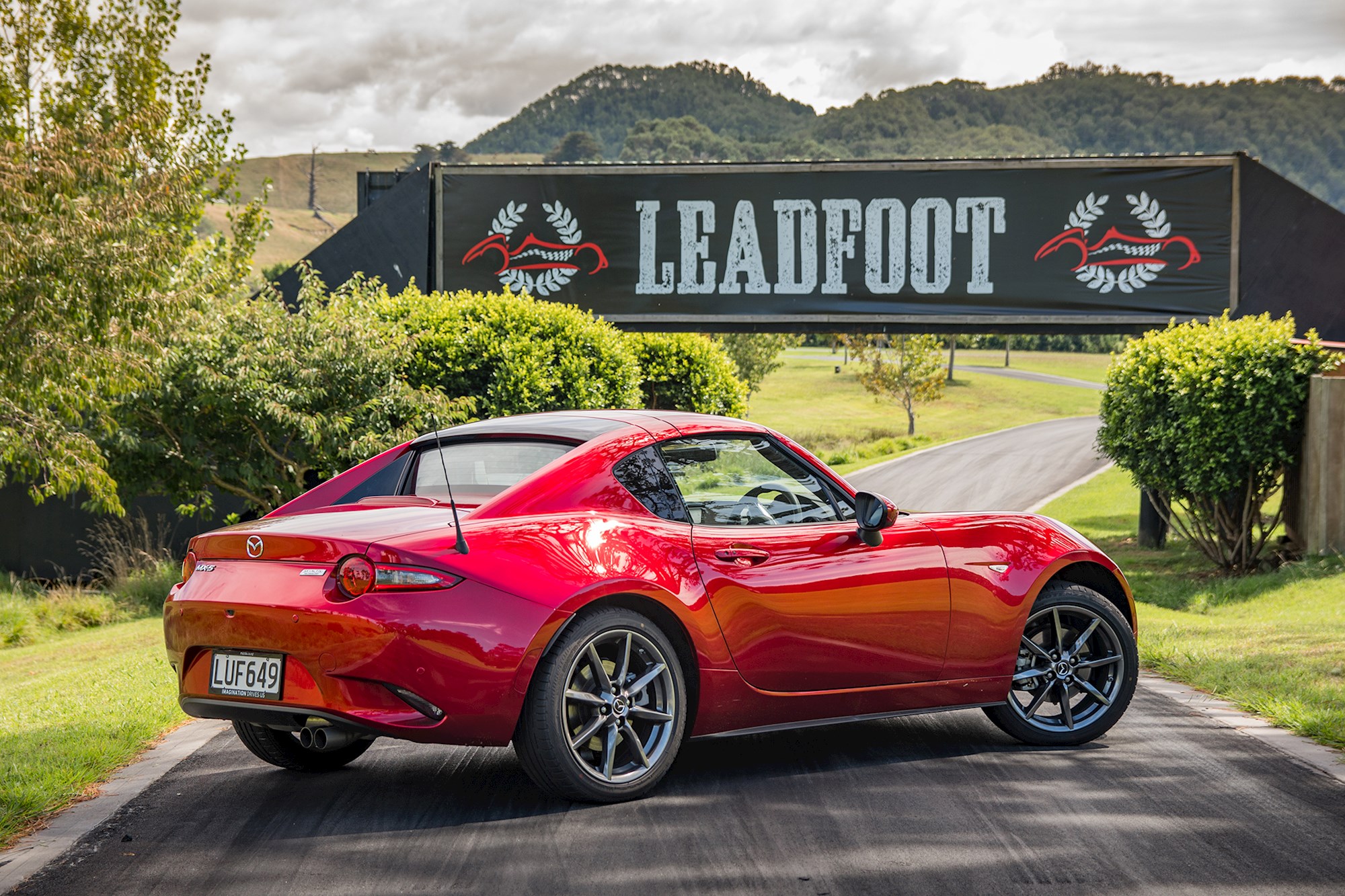
There are almost no exterior or interior differences, with the majority of Mazda’s engineering focus has been on the popular sports car’s line-up of powertrains.
The cabin’s biggest difference is the presence of a reverse camera (something we complained about not having in the previous model), plus a steering system that, finally, has four-way adjustment.
The new MX-5 is undeniably a more usable car for daily use than before. But that’s not to say it doesn’t come with some complications.
The amount of leg-room, for example, while sufficient for stubbier drivers like me will be insufficient for taller drivers. Yes, this is a small car — but so is a Suzuki Cappuccino, and that’s got more leg-room.
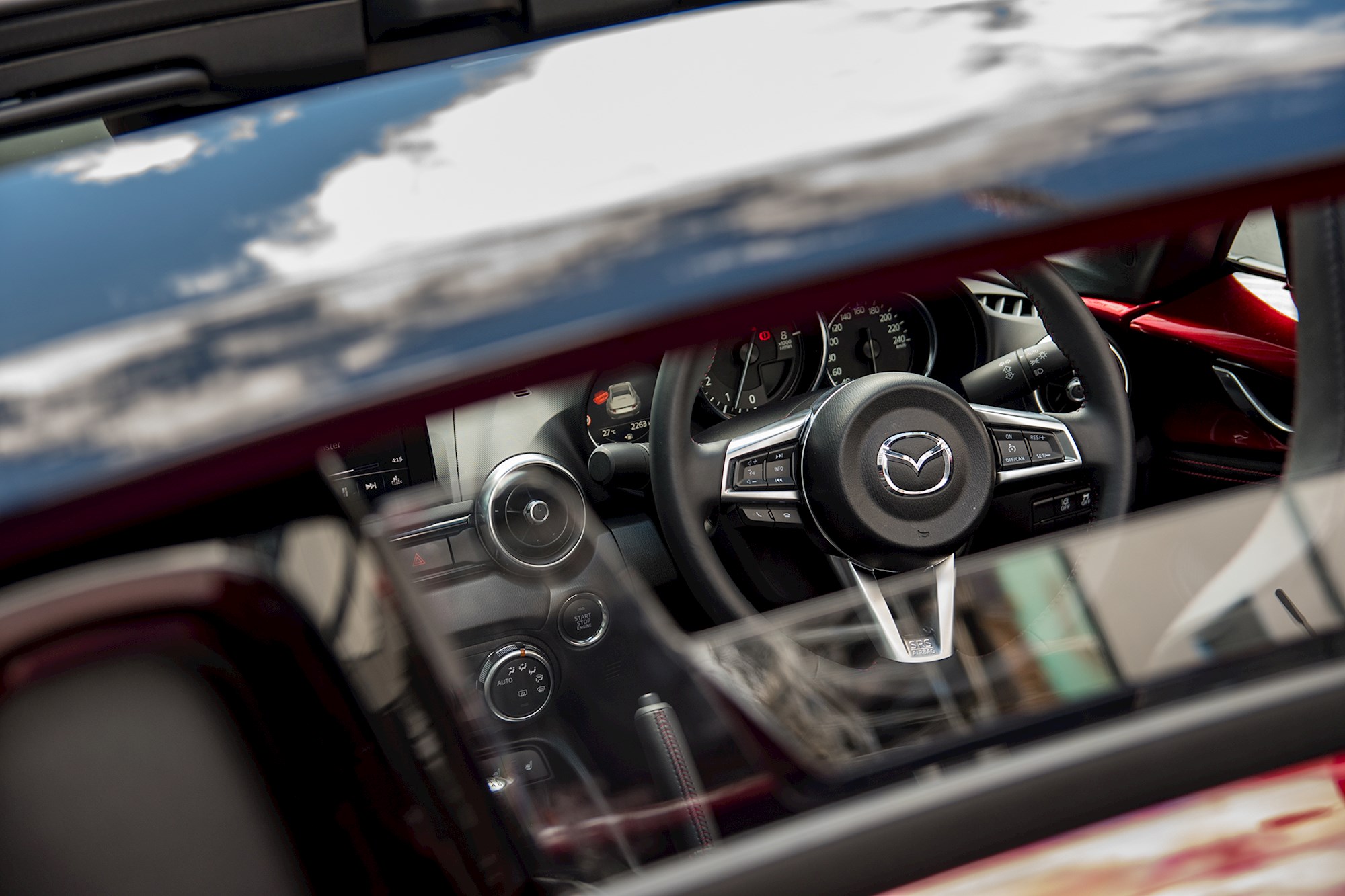
The MX-5 range starts with the $41,895 1.5-litre GSX soft top, and tops out with the model that we tested; the $53,745 2-litre RF (Retractable Fastback) Limited hard-top.
Both naturally aspirated SkyActiv-G engines have copped a dash of extra power and torque. The plucky 1.5-litre gets a mild 1kW/2Nm boost, while the 2-litre’s values increase by a more generous 17kW/5Nm. This results in outright output of 97kW/152Nm and 135kW/200Nm, respectively.
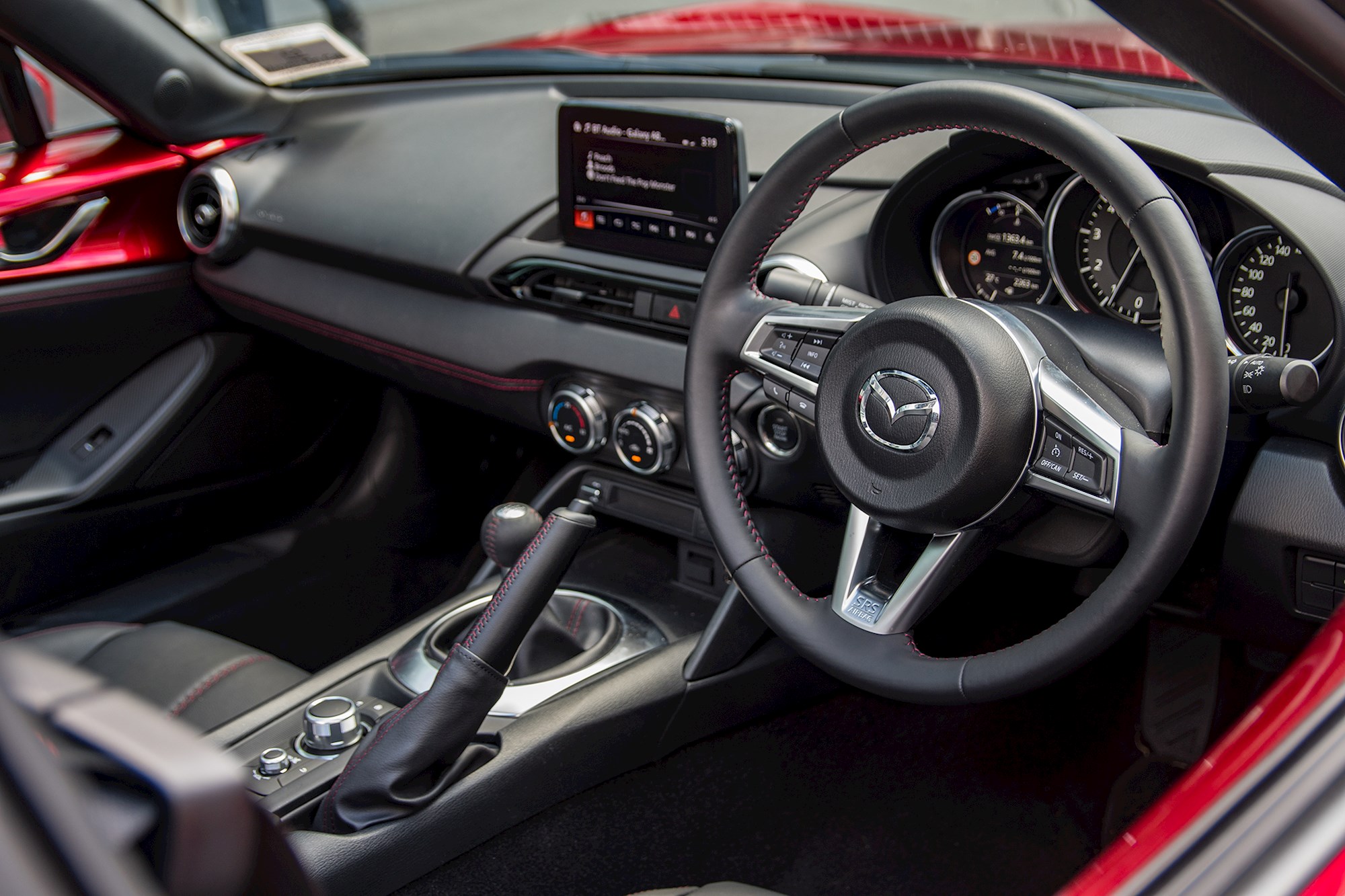
Those gains have largely been made by simply tweaking and refining the existing engine’s internals. No bolting on turbos here, just a lot of finicky nerd-work.
Moving parts like the pistons have been lightened, and the exhaust, crankshaft, connecting rods, and air-flow intake have all received attention — translating to better breathing, and reduced losses and friction according to Mazda.
Along with throwing our little MX-5 down a series of twisty roads (it’s a tough gig sometimes), to find out whether these changes could be felt behind the wheel we tagged along to Mazda’s 30th Anniversary club day at Rod Millen’s Leadfoot Ranch in Hahei. You can read our full Mazda MX-5 Leadfoot tale by clicking here.
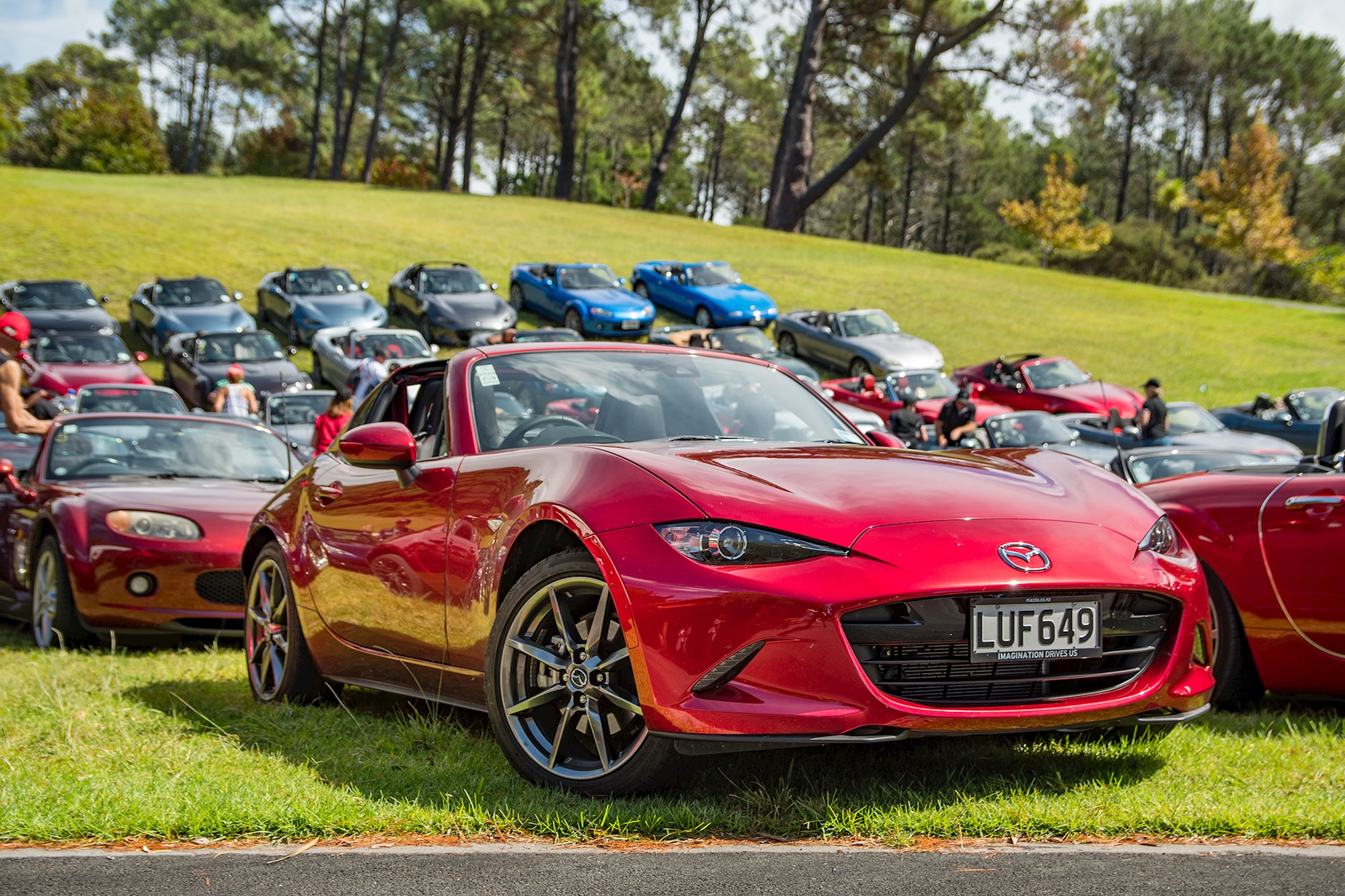
Sometimes manufacturers serve up supposedly significant engineering changes, only for them to not make much of a difference to the actual driving experience.
However, that’s far from the case here. While the extra power doesn’t necessarily transform the new MX-5 into something else, it does provide for a more thrilling drive.
From a first impressions standpoint, the 2-litre sounds a bit deeper, throatier. The aforementioned powertrain changes are supported by a higher 7,500rpm redline — which the MX-5 repeatedly hits with enthusiasm.
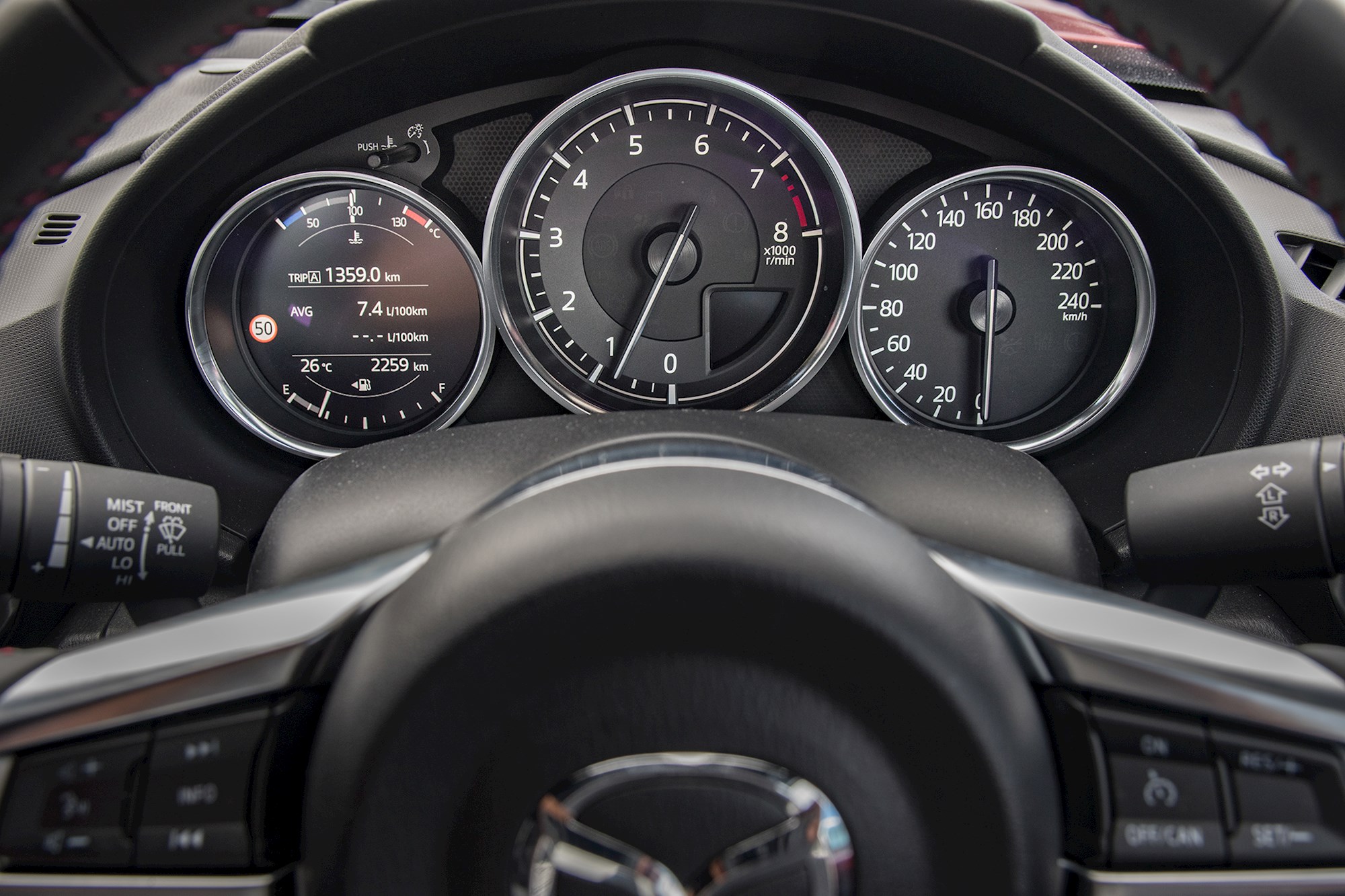
The lack of forced induction makes high revs a necessity; something that’s forever been a much-loved trait. Now, it’s more addictive and repeatable than ever before. On the twisty, cambered, undulating and tree-lined Leadfoot course the MX-5 felt like a natural.
The engine changes aren’t just a ‘feel’ thing, either. The MX-5 does the 100km/h sprint quicker too. Our tester was able to surpass the ton in comfortably under seven seconds — a feat we couldn't achieve with the outgoing model. It’s also worth repeating that the MX-5’s six-speed manual is still one of the best money can buy, and potentially one of the best manuals in existence.
Yes, the list of cars that would be more fun on a challenging little road like this is very, very small.
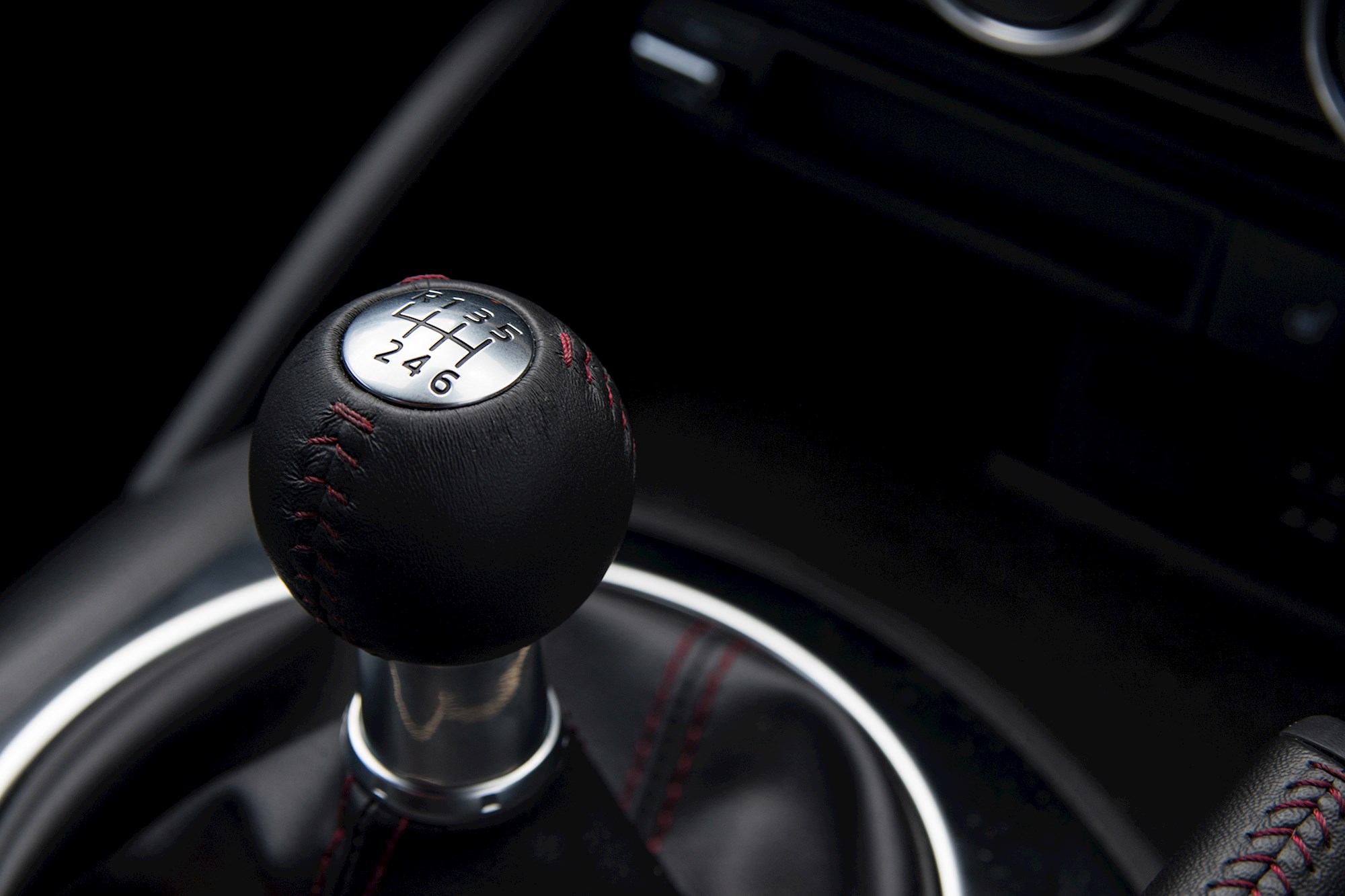
These mechanical alterations under the bonnet are helped along no doubt by the Mazda's unique fun-filled suspension characteristics. There is plenty of body-roll in this car, and the limit of grip is close enough to reach out and touch on command.
Neither will help when it comes to lap-time pace, but both make the MX-5 properly fun — regardless of whether you're tearing up a b-road or a former Pikes Peak–winner's driveway.
One element that's always had its naysayers is the ND's electric steering system. Traditionalists will say that it doesn't have the feedback of the previous hydraulic-based system. But, while they may well be right, there were very few times in our canyon-carving week where we were left wanting more feel.
Mazda's had time to perfect its MX-5 steering calibration, and in its current form it offers plenty of communication of the surface that lies underneath, while simultaneously being well weighted and exceptionally precise.
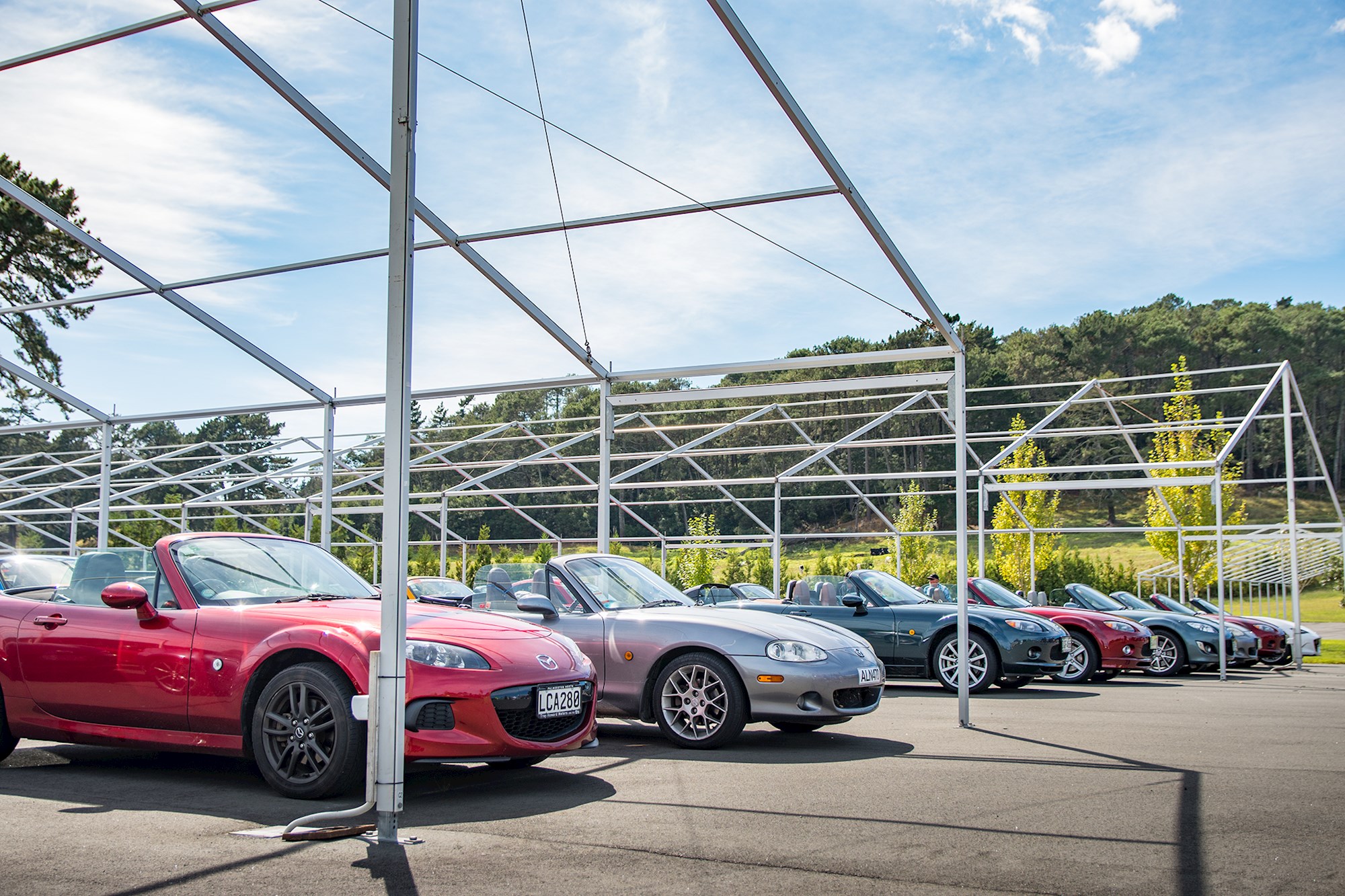
On the face of it then, there isn’t a huge amount to report here. The globe continues to spin, time keeps ticking, and the Mazda MX-5 still lives on as an exceptional, fun, and truly engaging car.
The world’s best-selling sports car continues to justify the label on its 30th birthday. Bring on the next 30.
2019 Mazda MX-5 RF
Price: $53,745
Pros: Still a huge laugh, power gains actually noticeable, gorgeous in RF trim
Cons: Lack of leg room, rear visibility











